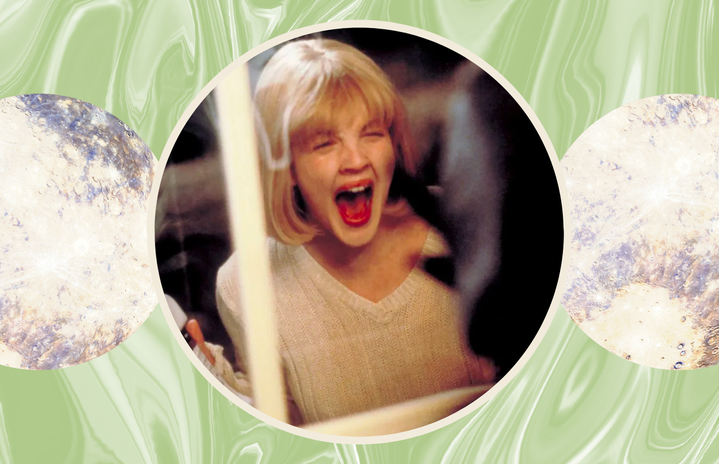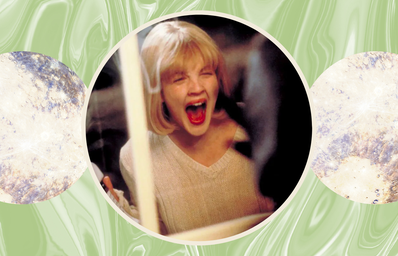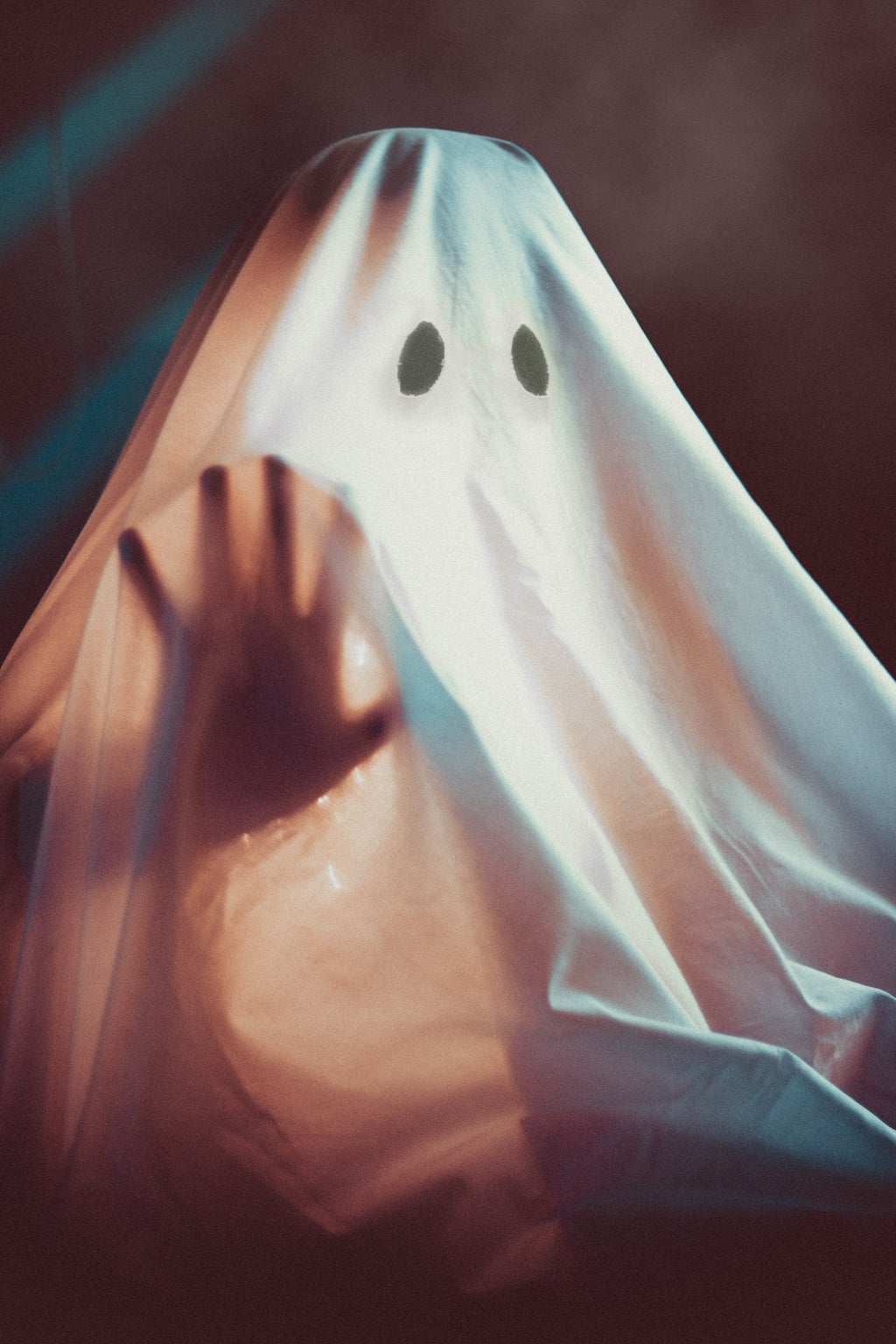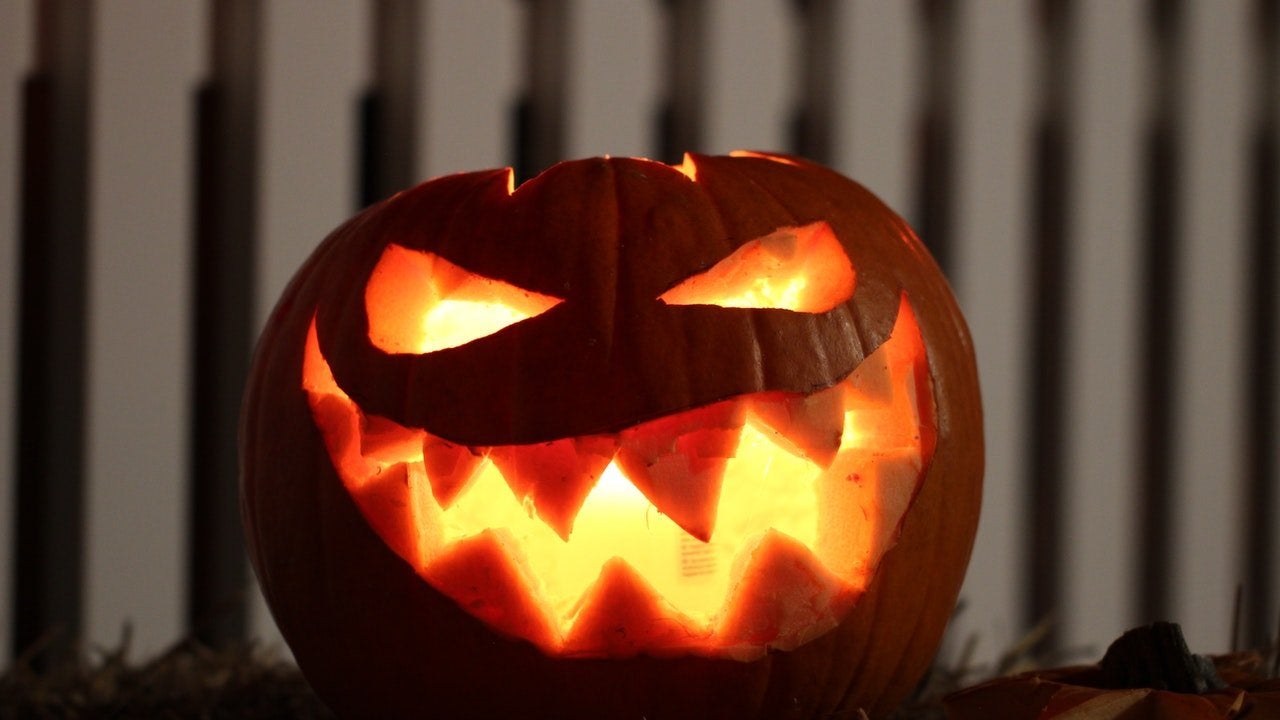There is a mysterious chill in the air, and the rustle of leaves makes you jump as you walk across the Drillfield. The holiday celebrated with intricate costumes, delicious candy and chiseled pumpkins is finally here. Halloween is about all things spooky, and has been celebrated in the United States since the arrival of Irish immigrants in the 1840s. There is a certain sense of enjoyment we all feel while we explore haunted houses, and dress up as vampires. The thrill of seeking out horror and suspense and celebrating them on Halloween is a psychological phenomenon we all partake in, but there is so much more meaning to this holiday.
Films like The Exorcist embrace horror to entice viewers. But have you ever wondered why you enjoy watching these films? Researchers suggest that the excitement and pleasure that we derive from watching these movies is called “benign masochism.” According to the Cambridge University Press, benign masochism describes the human tendency to “enjoy initially negative experiences that the brain falsely interprets as threatening.” Once we realize that there is no harm in walking through a haunted house with our friends, we tend to enjoy the journey and ignore the negative sensations and emotions, due to the controlled environment. The sense of security that washes over us provides us comfort.
For one night, you can turn into whoever, or whatever, you want. As children, we might have felt scared of the teenagers walking around the neighborhood wearing ghoul costumes. Fast forward a couple of years, and now we want to dress up the same way. It is thought that wearing a costume creates psychological distance between the individual and the fictional character. By embodying the things they are afraid of, individuals are desensitized to fear and gain a sense of control and security. Wearing a scary costume can serve as a release for the fears we have and increase self-confidence, even if our fears may not exist in real life.
Similar psychology drives some of the other Halloween decorations. The use of skulls as decoration reflects traditional practices on the Day of the Dead (or Samhain) followed in Ireland and Scotland long ago. But how do you feel when you see a skull on Halloween? While skulls are a representation of death and mortality, we buy plastic representations of them in various forms to decorate the outside of our house and adorn them with glitter to make them stand out. Classical conditioning can play a role in how people respond and perceive these decorations. The awareness of decorations and costumes being fake reinforces our growing distance from reality on October 31st.
Halloween is an exciting time for us to expose ourselves to our greatest fears, and face them head on. Even though it’s just one big costume party, Halloween helps us expand our comfort zone and increase our confidence. It helps us develop emotional resilience and empowers us as we gain a sense of control over our lives.




